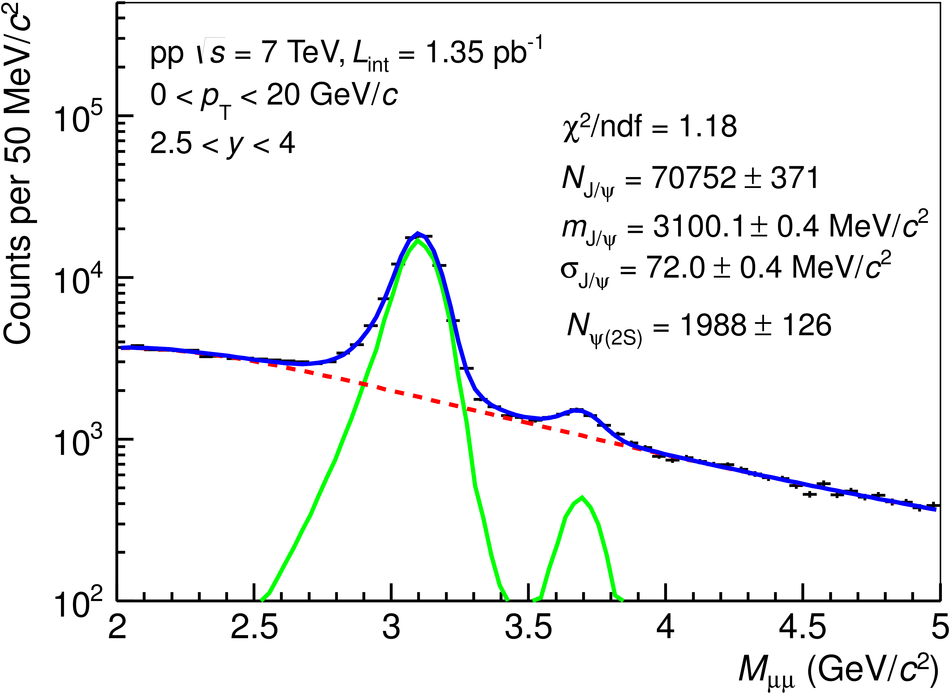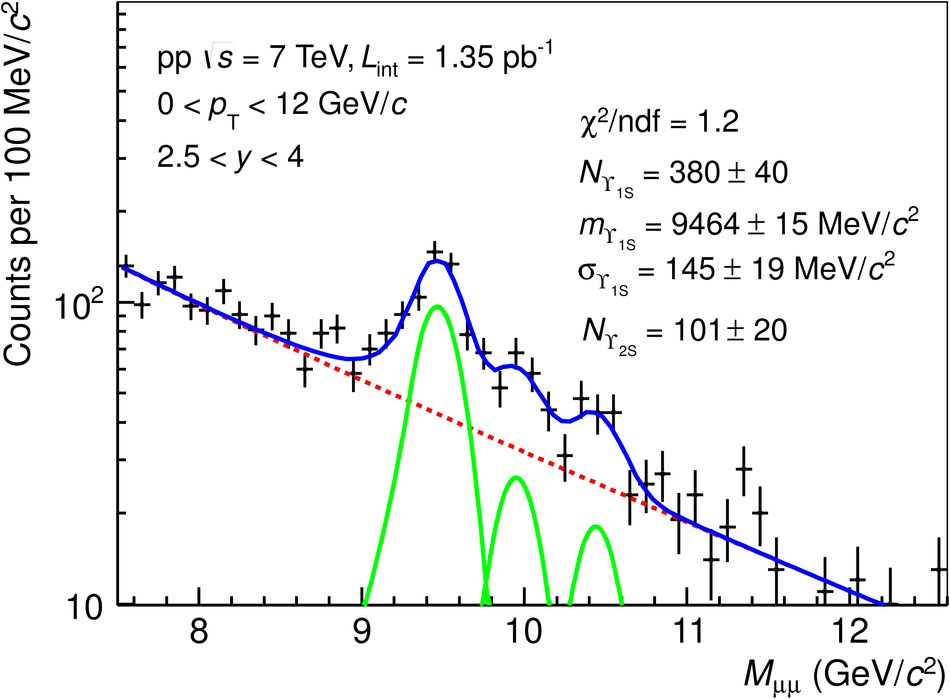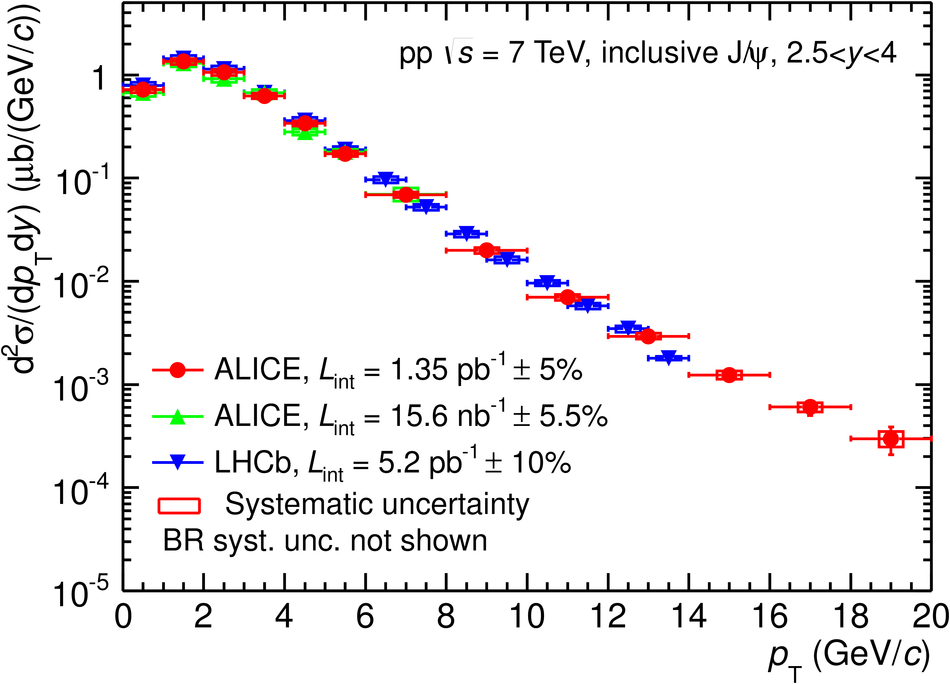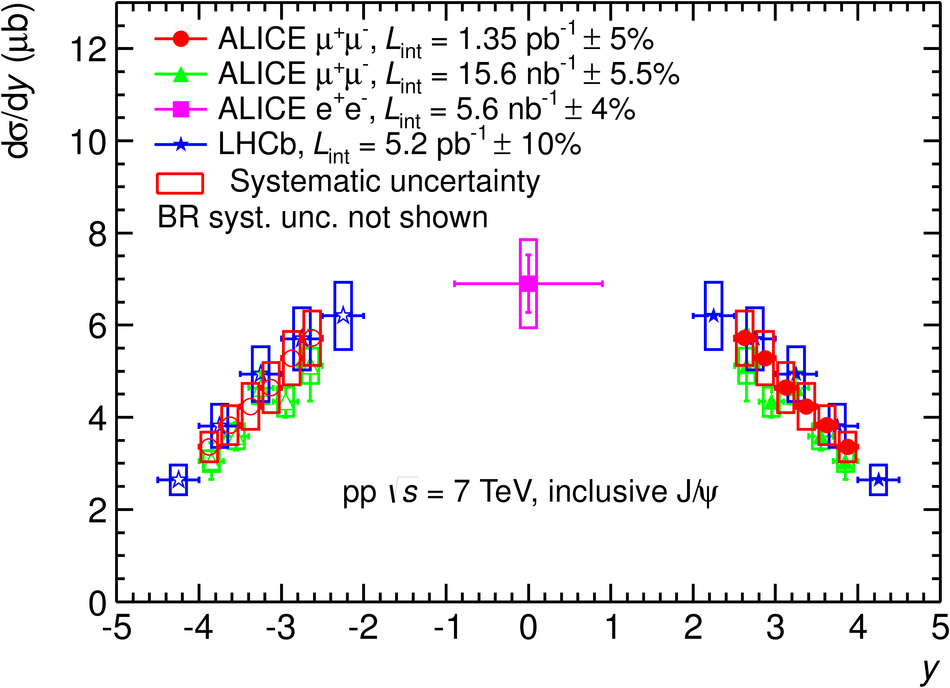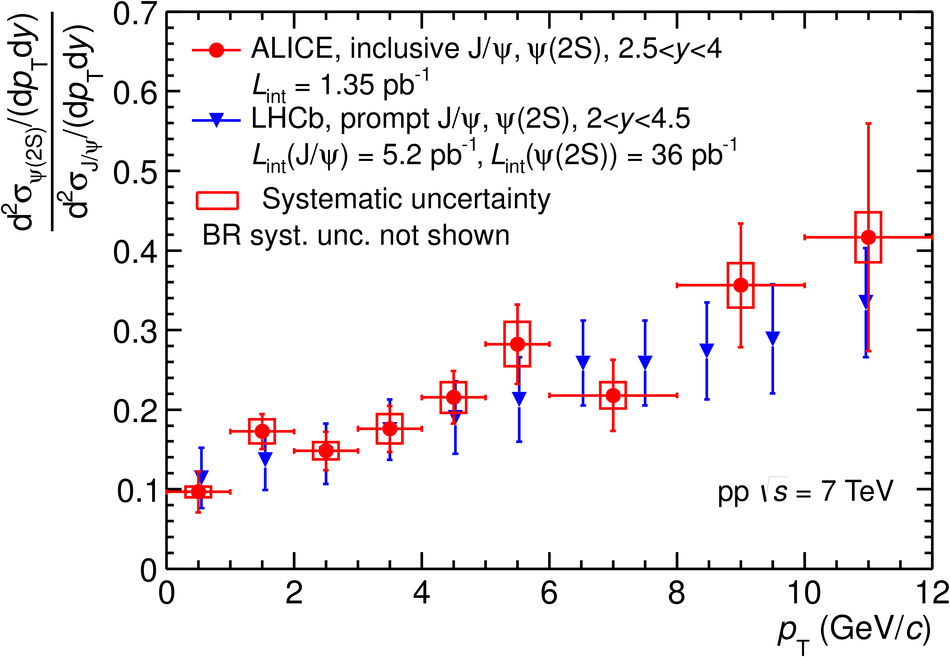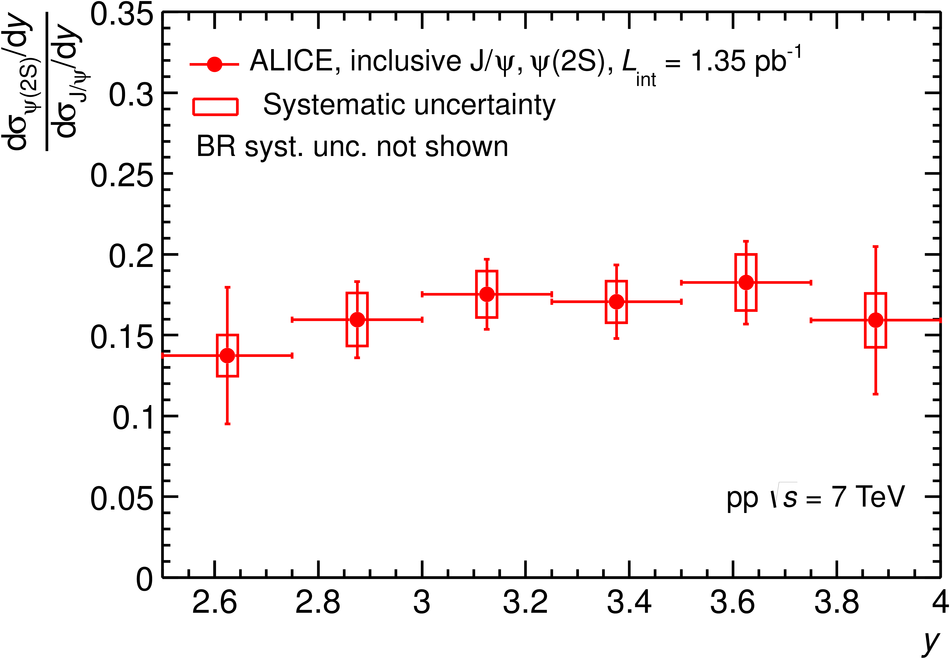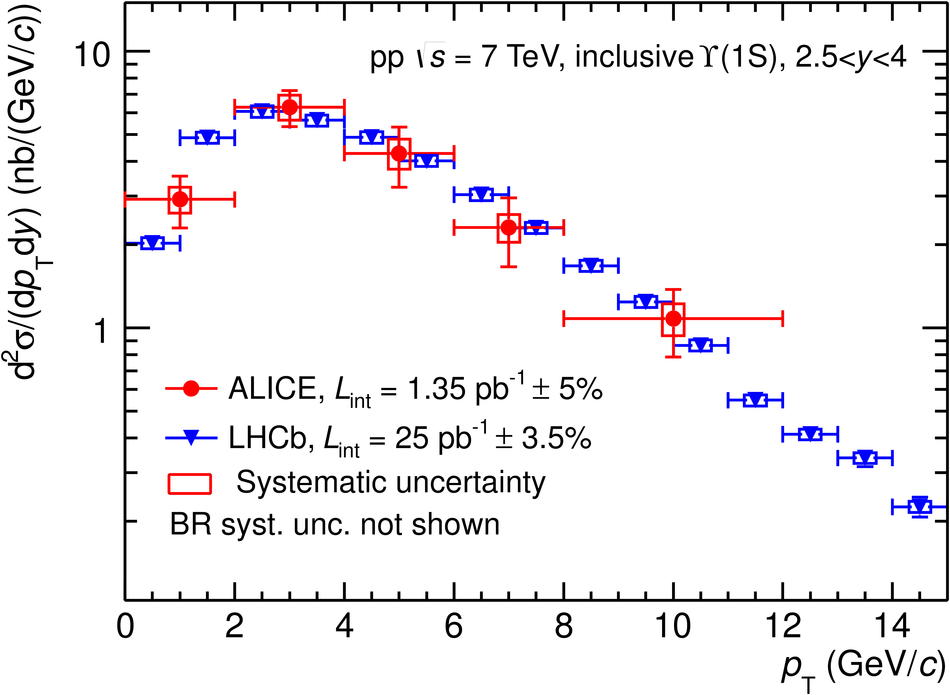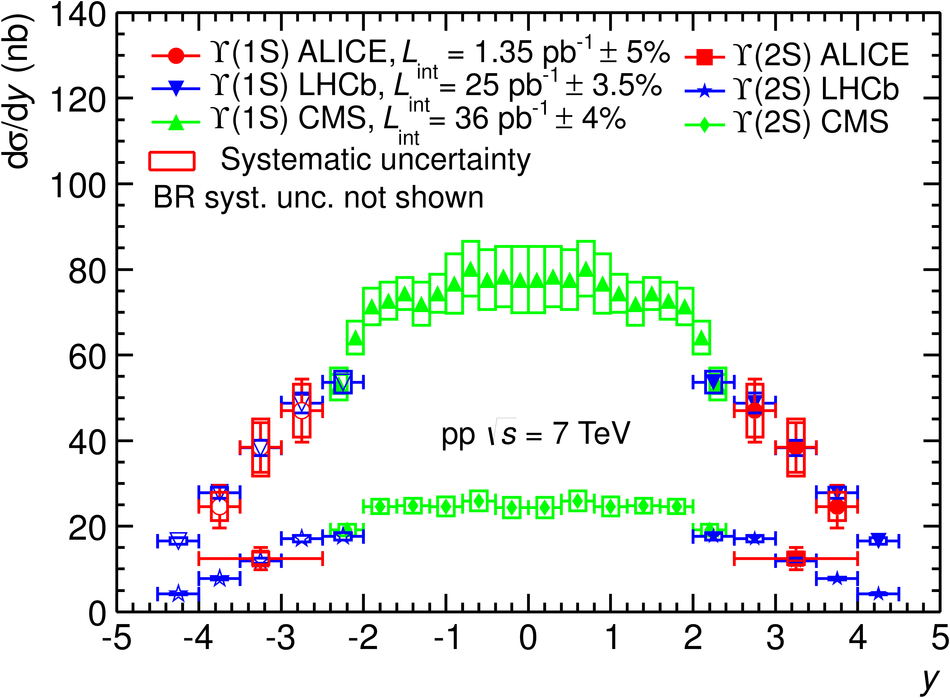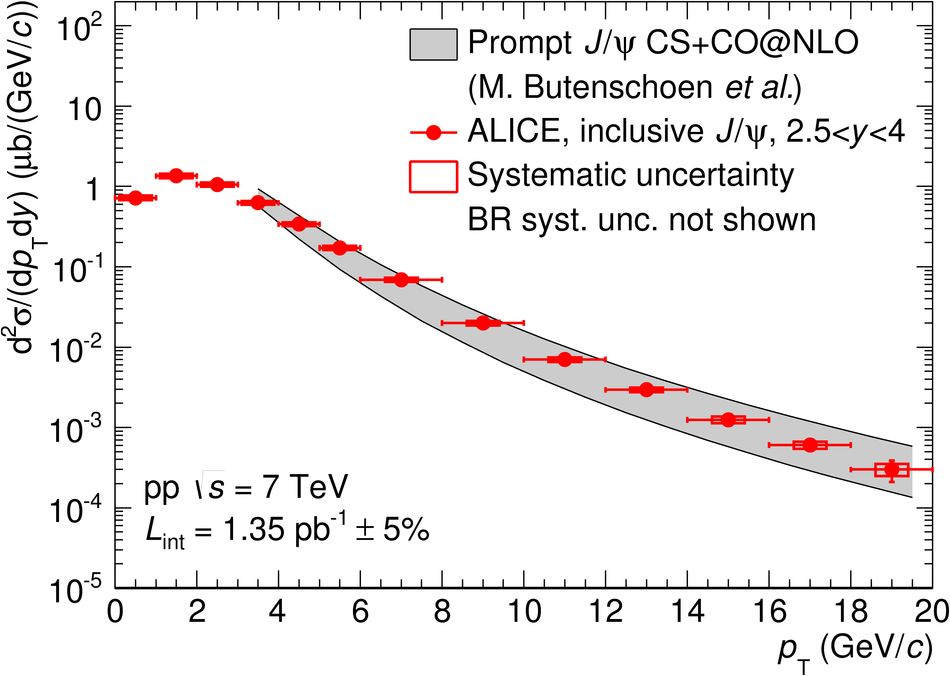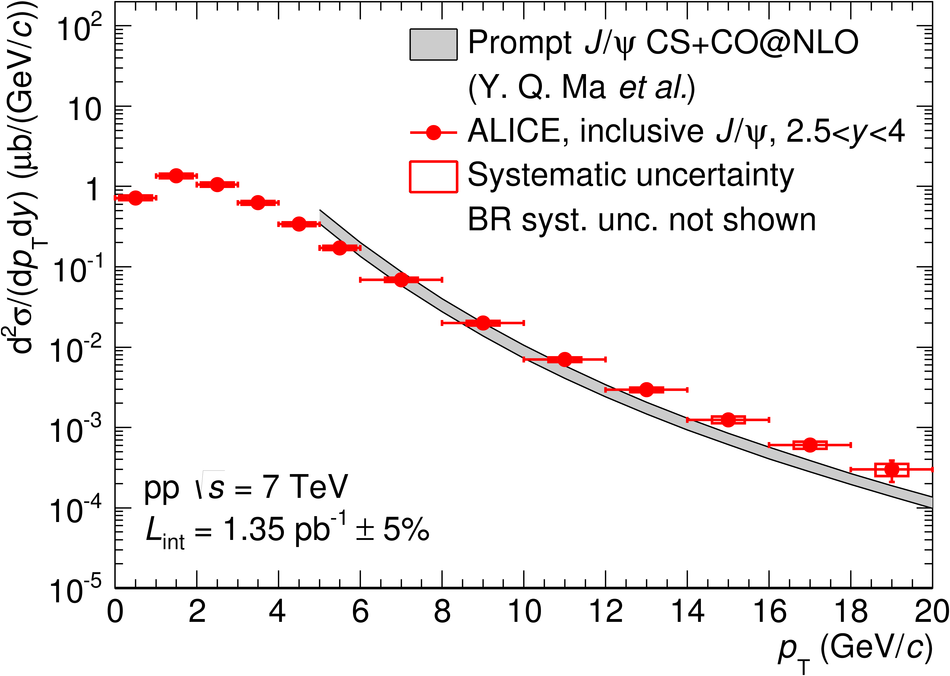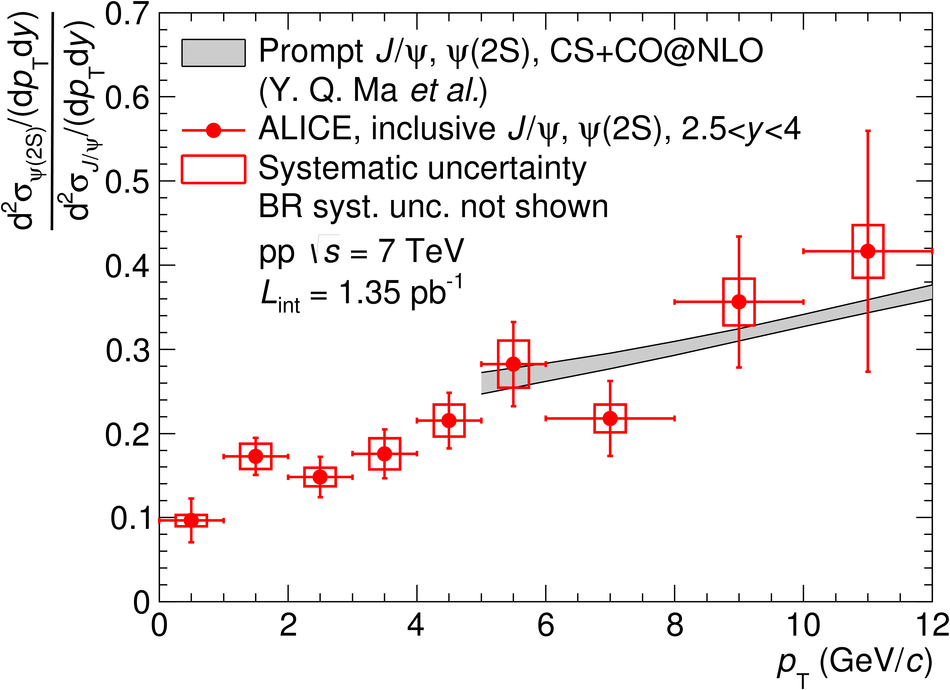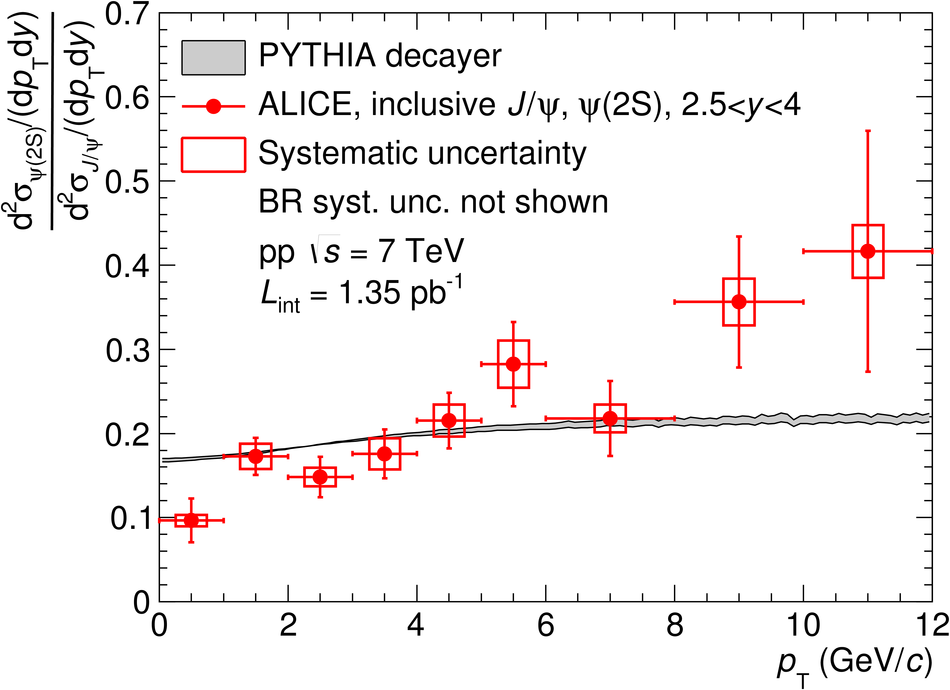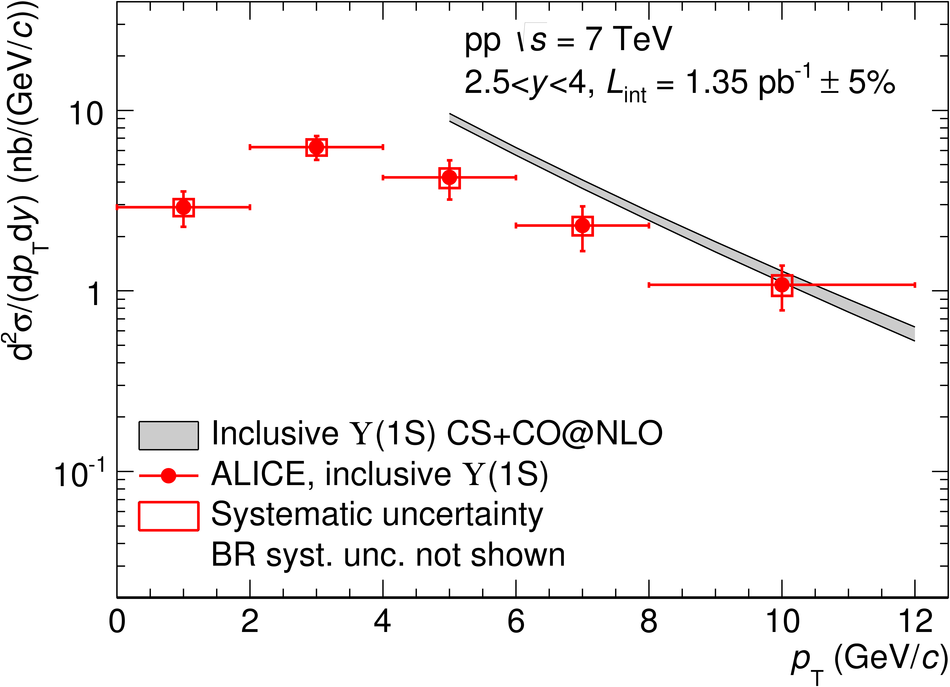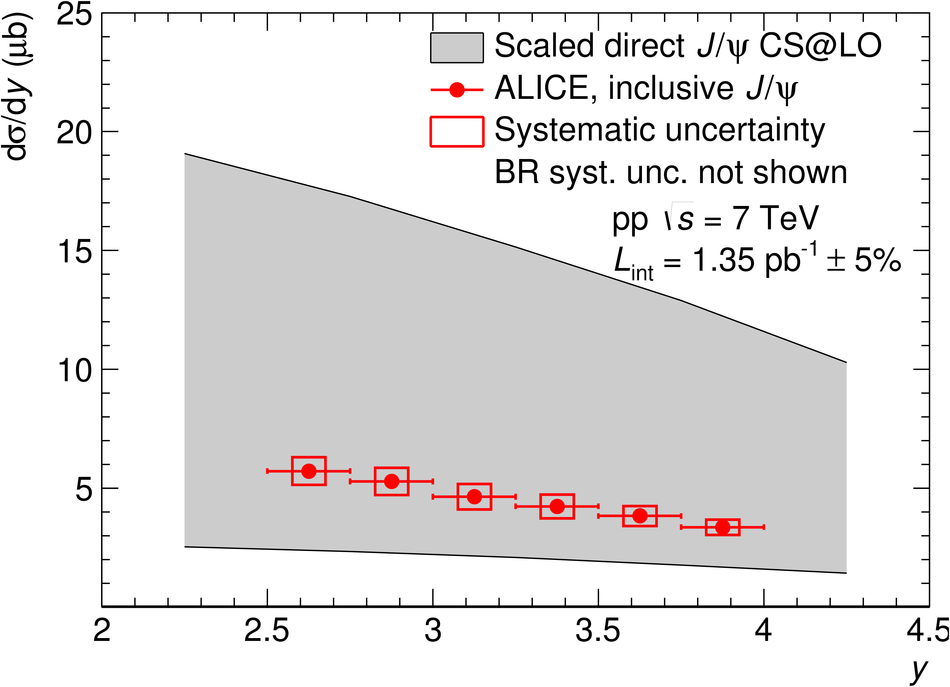The inclusive production cross sections at forward rapidity of J/$\psi$, $\psi$(2S), $\Upsilon$(1S) and $\Upsilon$(2S) are measured in pp collisions at $\sqrt{s} = 7$ TeV with the ALICE detector at the LHC. The analysis is based in a data sample corresponding to an integrated luminosity of 1.35 pb$^{-1}$. Quarkonia are reconstructed in the dimuon-decay channel and the signal yields are evaluated by fitting the $\mu^+\mu^-$ invariant mass distributions. The differential production cross sections are measured as a function of the transverse momentum $p_{\rm T}$ and rapidity $y$, over the ranges $0 < p_{\rm T} < 20$ GeV/$c$ for J/$\psi$, $0 < p_{\rm T} < 12$ GeV/$c$ for all other resonances and for $2.5 < y < 4$. The measured cross sections integrated over $p_{\rm T}$ and $y$, and assuming unpolarized quarkonia, are: $\sigma_{J/\psi} = 6.69 \pm 0.04 \pm 0.63$ $\mu$b, $\sigma_{\psi^{\prime}} = 1.13 \pm 0.07 \pm 0.14$ $\mu$b, $\sigma_{\Upsilon{\rm(1S)}} = 54.2 \pm 5.0 \pm 6.7$ nb and $\sigma_{\Upsilon{\rm (2S)}} = 18.4 \pm 3.7 \pm 2.2$ nb, where the first uncertainty is statistical and the second one is systematic. The results are compared to measurements performed by other LHC experiments and to theoretical models.
Eur. Phys. J. C 74 (2014) 2974
HEP Data
e-Print: arXiv:1403.3648 | PDF | inSPIRE
CERN-PH-EP-2014-042

